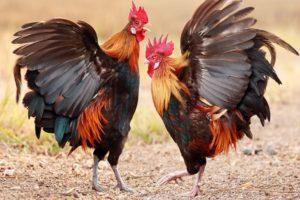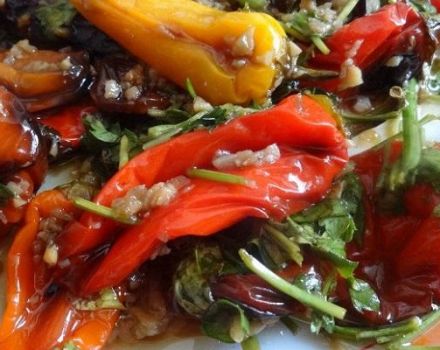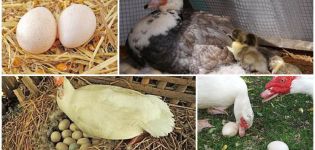Features of keeping and caring for chickens in the summer in the country, growing and breeding
Breeding chickens in the country is widespread due to the opportunity to get fresh eggs and meat. Most bird breeds are unpretentious in care, and you do not need to have special skills to keep them. For chickens to be productive, it is enough to create a favorable environment in the house.
How to start keeping chickens in the country
When planning to start breeding birds in a summer cottage, you should first think over and take into account all the details. First of all, you need to decide on your goal. If the poultry farmer wants to keep chickens for only one season, standard conditions are sufficient. For breeding large livestock over a long period of time, it is worth thinking about building a capital building.
To keep birds in the country, you need to correctly correlate desires and possibilities. At the planning stage, it is worth understanding the exact number of individuals being raised, preparing a chicken coop project and choosing a location for the location of the building.
Which breed to choose
When choosing a suitable variety of birds for keeping in the country, it is recommended that you familiarize yourself with the characteristics of the breeds and the features of care. When choosing, it is worth considering the following rules:
- There are several categories of birds, and meat and egg breeds are considered a universal option. Meat-only chickens do not produce good egg production, and egg layers are not a suitable source of meat.
- Novice poultry farmers often breed outbred chickens, which as a result do not produce a large number of eggs, despite their good endurance. In comparison with purebred birds, it is less profitable to breed this living creature.
- If you do not plan to be in the country all the time, you should give preference to breeds that are unpretentious in care and can do without the participation of a poultry farmer for a long time.
- Among the common breeds and crosses, many choose those that can be kept for one season. This category includes fast growing broilers and high yielding crosses of the egg direction.
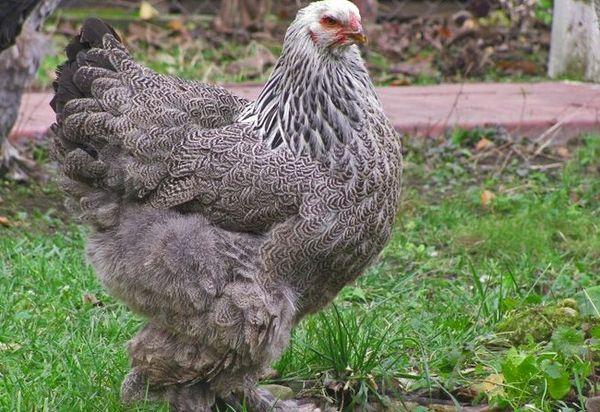
Buy hens or raise chickens
To breed chickens, you need to purchase them. Poultry farmers are offered 2 options - to hatch chicks using an incubator or to buy young. Each option has its own advantages and disadvantages, so you should decide in advance on the choice, having familiarized yourself with all the nuances.
Buy young
Buying hens is the safest way to acquire hens.As a rule, for the subsequent production of eggs, individuals are bought at the age of 5-6 months to be sure of the survival of the livestock and quick productivity.
Often, poultry farmers purchase layers for seasonal use at their summer cottages. Before the onset of the first cold weather, birds are allowed to eat meat.

It is recommended to purchase young animals at proven large poultry farms. If purchased from individuals, there is a high probability of encountering infected chicks.
Breeding chickens
The main advantage of breeding chickens in incubator conditions is cheapness. For breeding, you only need to purchase incubator equipment. Moreover, this method has significant disadvantages. First of all, it is the gender uncertainty of chickens.
A large number of males can hatch from a single clutch, while there is a need for layers. Also the disadvantage is not the maximum survival rate of chicks. Usually 80-85% of chicks survive in the incubator after hatching.
Place for the poultry house
Building a chicken coop in the right place has a beneficial effect on the development and productivity of birds. Layers should be comfortable inside the house, so it is worth planning in advance all the nuances of the construction. First of all, you need to study the landscape at the summer cottage. The chicken coop is not allowed to be located in the lowlands, as this will lead to the accumulation of precipitation, washing out of droppings, the spread of diseases, and dampness inside the building.
If possible, it is worth placing the building on an easy hill with a slight slope to the south. This arrangement will encourage rainfall to drain away and keep the soil around the house dry.
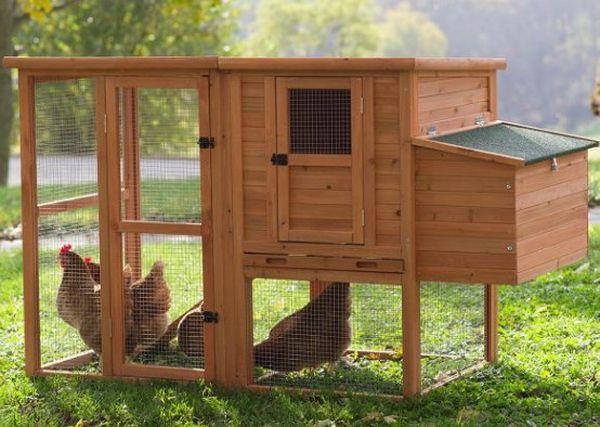
If you cannot find such a place in the summer cottage, you need to build a crushed stone pillow with a thickness of 15 cm or more under the building. A layer of clay mixed with broken glass is laid on the crushed stone to protect it from rodents. Then rubble is re-poured and poured with a concrete base. The final stage is filling the embankment with a layer of bitumen.
The heating of the house and natural light are also very important, therefore the windows and doors of the house should be placed on the south side. The optimal direction of the building is from east to west. Place the house in a secluded area away from noise and people. Laying hens feel more comfortable in calm conditions and with minimal noise.
Next to the house, you need to build a walking yard where birds can go out on their own at any time. Being outdoors is one of the important conditions for high productivity. The area allocated for walking is fenced off with a low fence, and covered with a net on top to protect against birds of prey.
A canopy is being built on the territory, under which birds can hide from rain and sun. If there is grass growing on the yard for walking, you do not need to mow it, since the birds will feed on it. Complementary green feed helps to save on nutrition.
Containment equipment
Inexperienced poultry farmers, when breeding chickens, are limited only to building a building, which is a mistake. Interior fittings play an important role in the development of birds. Perches should be provided in the hen house, which serve as a device for rest and sleep of individuals. With a livestock of more than 10 units, you need to make several perches. With the onset of winter, it is allowed to reduce the number of perches, as birds will nestle together for additional warmth.
Perches can be made from beams, even branches and scrap materials. When creating perches, you need to consider the following requirements:
- the structure should not bend under the weight of the birds;
- sharp corners need to be processed with a plane so that the chickens are not injured;
- the length of the perch for an adult bird must be at least 25 cm;
- the optimal placement of the perch is 50 cm from the floor, 25 cm from the wall and 35 cm from another perch.
In addition to perches, nests for chickens need to be built in which they will lay and contain eggs for breeding. For the manufacture of nests, you can choose any container of suitable size. Recommended nest sizes are 40 cm high and 60 cm wide. A soft layer of straw or sawdust is placed on the bottom of the bird nests.
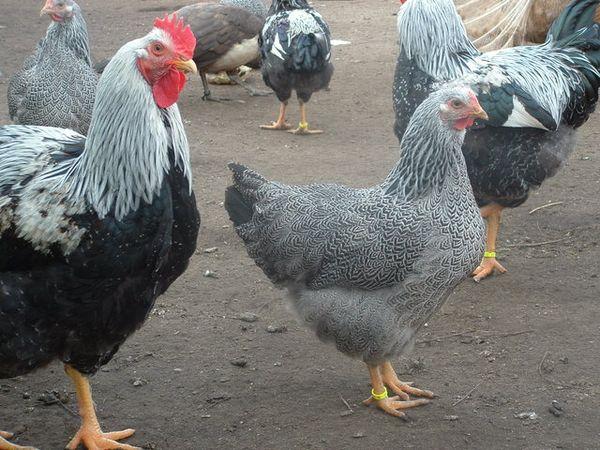
Also, the internal equipment of the chicken coop includes devices for feeding and drinking birds. To prevent food and water from mixing with dirt, you need to make closed containers and install them at a low height.
Feeders and drinkers are recommended to be installed against a wall and securely anchored to reduce the risk of birds turning over.
To keep the birds clean, you need to put them in a bath with oven ash. Chickens will crawl inside and clean their feathers on their own, getting rid of skin parasites. Any capacious container is suitable as a bath for chickens.
Equipping a chicken coop is not complete without the use of lighting devices. Indoors, you can mount standard or infrared lamps. It is important to take into account that birds have poor vision in the dark and when the light is suddenly turned off, they may not have time to occupy the perches.
This problem can be solved by installing a dimmer, which ensures a smooth and gradual shutdown of the lights in the room. In the absence of a dimmer, you must first turn off the main light and leave the duty light on, and when the hens take their places, turn off the lights completely.
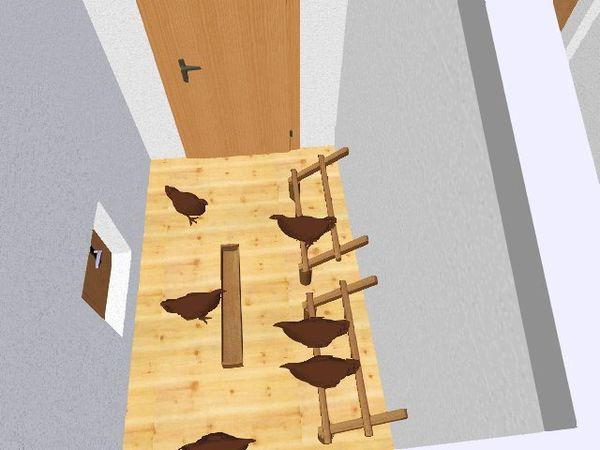
How to care for chickens
Standard care for laying hens is simple and requires minimal costs. If the house is equipped with all the amenities, the following rules must be followed:
- constantly examine the birds in order to monitor their condition and timely notice signs of the development of diseases;
- disinfect and sanitize the premises to destroy pathogenic microorganisms;
- add food and water to specially prepared containers, since chickens need to be provided with constant access to food;
- ventilate the chicken coop to eliminate unpleasant odors and circulate fresh air, which is especially important in summer at high ambient temperatures.
What broilers need
Breeding broilers does not require special knowledge, and even a novice farmer can raise birds. When keeping individuals, you need to create favorable environmental conditions. From the first day of life, chicks need to build cages or bedding from sawdust and straw. The temperature regime in the broiler room should be at 26-33 degrees in the first week and 18-19 degrees with further growth.
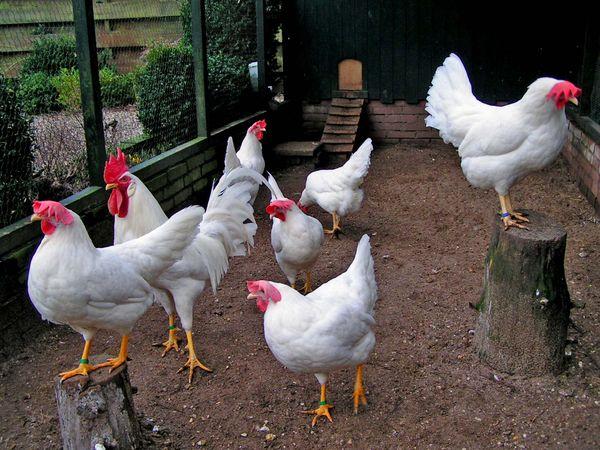
The lighting in the broiler house should be on around the clock. Too bright light can lead to pecking, so it is better to use low power lamps. It is also important to regularly keep the broiler growing area clean.
To reduce the risk of developing intestinal infections, you need to periodically wash the feeders and drinkers. Broilers should be inspected periodically to ensure balanced nutrition and depressed chicks.
What and how to feed correctly?
Proper nutrition is an important part of chicken care. The feed should be balanced, varied and rich in vitamins. When using compound feed, it is poured into the feeders as it is consumed, and other feed is given to the birds 3-4 times a day.

It is important that chickens do not overeat as this leads to obesity and negatively affects health.
The main percentage in the nutritional diet is protein, which is found in fish and bone meal. To compensate for the lack of fat, corn grits and oats are included in the diet.Vitamins A, B, D play a special role in the diet. An increased amount of vitamins is found in vegetables and legumes.
Frequent problems
Common problems in chicken breeding are disease and death of birds. This is often due to improper care or adverse environmental conditions. In order to avoid mistakes, you should first study the instructions for keeping birds and take into account the characteristics of a particular breed.

